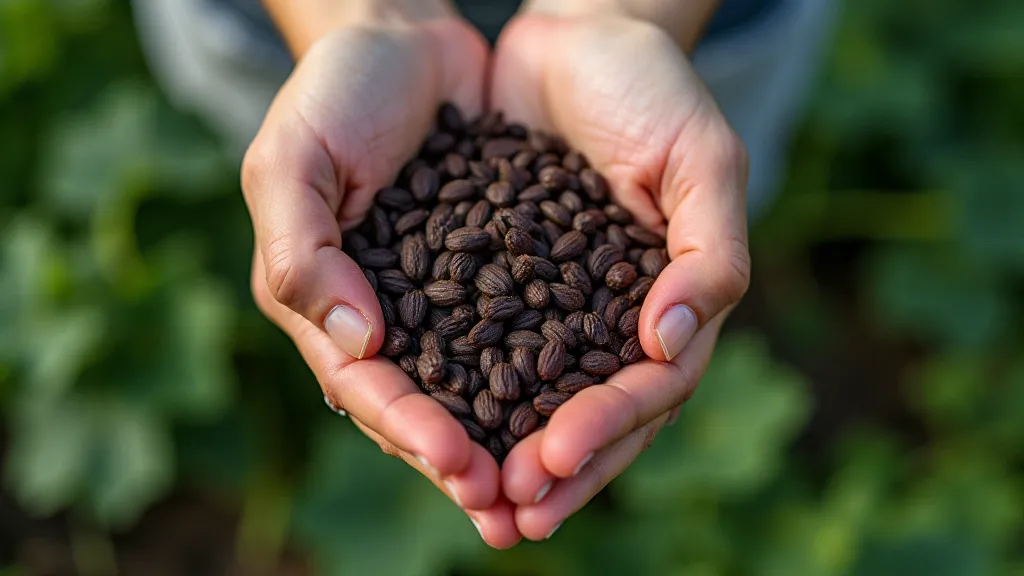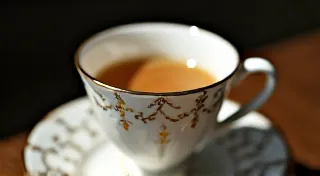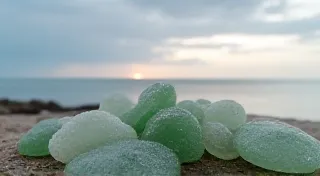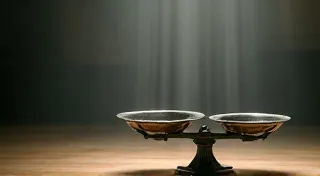Resilience in the Seed: Breeding Heirloom Watermelons for Future Generations
There's a certain melancholy beauty in an antique accordion. The aged wood, the faded bellows, the keys worn smooth by countless hands – they whisper stories of dances long past, of laughter echoing across generations. They are testaments to a time when craftsmanship reigned supreme, when objects were built to last, imbued with a spirit that transcended mere functionality. And in a way, heirloom watermelons possess a similar quiet dignity. They aren't flashy; they don’s scream for attention. But within their seeds lies a resilience, a story woven through centuries of adaptation and human care – a story we risk losing if we don’t actively participate in their preservation.

The Quiet Decline of the Familiar
For decades, the watermelon aisle at the supermarket has presented a predictable scene: uniformly shaped, bright red fruit, often seedless. These watermelons are the product of modern breeding programs focused on shelf life, transportability, and, frankly, predictable uniformity. While this has undoubtedly made watermelon distribution more efficient, it has come at a cost. The diversity of watermelon varieties—the shapes, sizes, colors, and flavors that our grandparents and great-grandparents knew—is dwindling. Many exceptional heirloom varieties, passed down through families and communities for generations, are now teetering on the brink of extinction.
My grandmother, Elsie, grew ‘Gray Owl’ watermelons in her garden in rural Oklahoma. They weren’t red, as most people imagine a watermelon to be. They were a mottled gray-green, the flesh a pale rose, almost creamy. The flavor wasn’t the aggressively sweet pop of modern varieties. It was subtle, nuanced, with a surprising depth that lingered on the palate. She swore by them, and she saved the seeds diligently each year, sharing them with neighbors and friends. When she passed, the tradition almost ended. Thankfully, a few of her friends continued to grow them, ensuring that ‘Gray Owl’ didn’t disappear completely.
What Makes a Watermelon an Heirloom?
The term "heirloom" gets thrown around a lot, but in the context of watermelons, it generally refers to varieties that are at least fifty years old and have been passed down through generations, typically through open-pollination. This means they breed true; if you save the seeds from one plant, the next generation will be remarkably similar to the parent. They represent a living link to our agricultural past, embodying the tastes and preferences of people who cultivated them long ago. Unlike modern hybrids, which are specifically bred to produce plants with desirable traits (often at the expense of seed viability), heirloom watermelons offer a self-sustaining legacy.
Consider ‘Black Diamond,’ a late-maturing variety from Mississippi, known for its intensely sweet, crimson flesh and distinctive dark green rind. Or ‘Moon and Stars,’ a whimsical variety with a black rind speckled with yellow starbursts – a charming novelty that captivated Victorian gardeners. Each of these varieties tells a story of the people who cultivated them, of the specific environmental conditions they were adapted to, and of the evolving tastes of each generation.
The Art of Seed Saving: A Horticultural Stewardship
Seed saving isn't just about collecting seeds; it’s about participating in a cycle of renewal, a commitment to horticultural stewardship. It’s an act of faith in the resilience of nature and in the wisdom of our ancestors. Think of the meticulous care a master accordion repairman takes – painstakingly cleaning, adjusting, and preserving a fragile instrument. Seed saving requires a similar level of dedication.
Here’s a simplified step-by-step guide to saving watermelon seeds:
- Choose Healthy Plants: Select the plants that exhibit the desired traits – robust growth, disease resistance, and exceptional flavor.
- Allow the Fruit to Fully Mature: Watermelons need to be fully ripe before the seeds are viable. This means the rind will lose some of its greenness, and the fruit will sound deep and hollow when tapped.
- Extract the Seeds: Cut the watermelon open and scoop out the seeds and pulp.
- Clean the Seeds: Place the pulp and seeds in a jar filled with water. Let it ferment for a few days. This process separates the viable seeds from the pulp. The good seeds will sink to the bottom.
- Dry the Seeds: Rinse the seeds and spread them out on a screen or paper towel to dry completely. This can take several days, depending on the humidity.
- Store the Seeds: Store the dried seeds in a cool, dark, and dry place, in an airtight container.
It's a process that connects you to the rhythm of the seasons, to the subtle nuances of plant genetics, and to the collective history of our agricultural heritage. Like the careful restoration of an old accordion, it's a labor of love that rewards you with a deeper appreciation for the natural world.
Challenges and Rewards of Growing Heirloom Watermelons
Growing heirloom watermelons isn’t always easy. They often require more space than their modern counterparts, and they can be more susceptible to diseases. They might not produce as many fruits per plant, and they might not store as well. But the rewards are immeasurable. The taste of a ‘Gray Owl’ watermelon, grown with your own hands, is an experience that can’t be replicated by a supermarket fruit. The satisfaction of preserving a living piece of history is profoundly rewarding.

A Future Rooted in the Past
The preservation of heirloom watermelons is more than just a hobby; it's a vital act of cultural conservation. It’s a commitment to honoring the ingenuity and resilience of those who came before us. It’s a way of ensuring that future generations have the opportunity to experience the full spectrum of flavors and textures that nature has to offer. As we navigate an increasingly homogenized world, the diversity of heirloom watermelons stands as a powerful reminder of the beauty and richness of our agricultural heritage. Just as an antique accordion continues to resonate with the echoes of a bygone era, so too do heirloom watermelons offer a taste of history, a connection to the past, and a promise of a more flavorful and resilient future.





